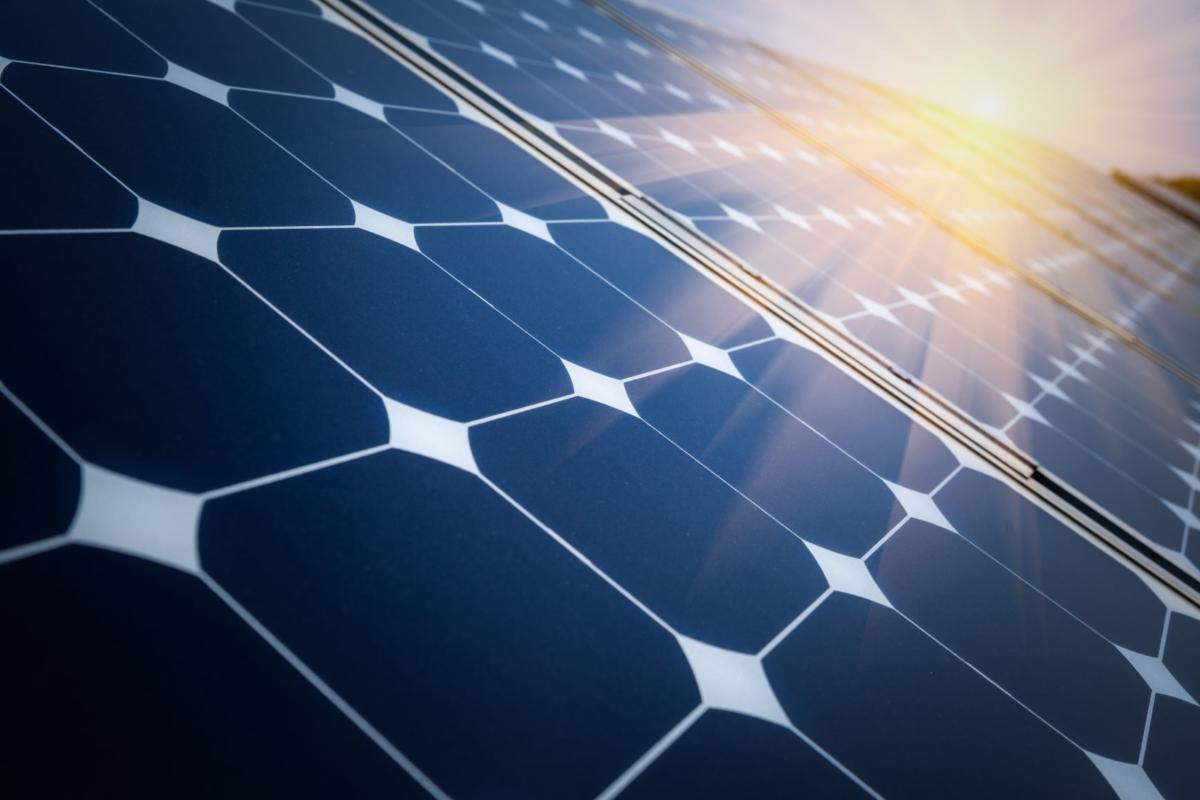Decarbonization has emerged as a national priority in 2021. Newly proposed legislative measures suggest that for the microgrid industry, that could mean more supportive policies and increased project funding.
In early March, the United States House of Representatives introduced H.R.1512, the Climate Leadership and Environmental Action for our Nation’s Future Act (“CLEAN Future Act”). The CLEAN Future Act authorizes a total of $565 billion in spending over the next decade to reach decarbonization goals—specifically, to achieve net-zero greenhouse gas (“GHG”) emissions by 2050 and limit temperature increases to 1.5°C. H.R.1512’s budget includes several billions of dollars in microgrid funding.

The proposed legislation sets a Clean Energy Standard of 100% clean energy generation by 2035 for the power sector—a goal set earlier this year by President Joe Biden—to be achieved by requiring all retail electricity suppliers to reach 80 percent clean electricity by 2030 and 100 percent by 2035.
Direct Support for Microgrid Development
The bill allocates a significant portion of its budget for microgrid development—approximately $1.5 billion a year to support clean energy microgrid projects over 10 years—as well as $50 million each year for technical assistance and outreach. In a proactive approach to strengthening energy infrastructure, it directs the Department of Energy (DOE) to offer funding for technical aid, community outreach and project development of clean energy microgrid projects that increase resilience to climate change risks. The bill also requires the DOE to develop a strategy to use hybrid microgrids that include at least one type of clean power source to displace conventional generation. Eligible power sources for these clean energy microgrids include solar, wind, geothermal, existing hydropower, micro-hydropower, hydrokinetic and hydrogen fuel cells.
H.R.1512 prioritizes the provision of assistance grants to environmental justice communities and isolated communities and requires that at least 10% of the funding is offered to municipal and community-owned utilities.
Loans and Green Banks Provide Indirect Impact
The CLEAN Future Act includes several provisions that would likely benefit microgrids in an indirect way as well. Beyond requiring state regulators to consider “non-wires solutions”— such as microgrids and energy storage–as alternatives to traditional investments in power line facilities, it directs the DOE to establish a $250 million loan program for states, tribes, and utilities to develop distributed energy systems, including microgrids.
The bill also authorizes $100 billion in funding for a clean energy and sustainability accelerator to finance low- and zero-emissions energy technologies, grid modernization and climate-resilient infrastructure, by pairing project developers with private investors. Analysts indicate that this model could help states and local governments establish their own lending programs with private investors to finance clean energy projects.
“Today’s introduction of the CLEAN Future Act promises that we will not stand idly by as the rest of the world transitions to clean economies and our workers get left behind and that we will not watch from the sidelines as the climate crisis wreaks havoc on Americans’ health and homes,” said Energy and Commerce Chair Frank Pallone, D-N.J., in a statement.
This proposed legislation demonstrates not only that decarbonization is a national priority, but it also shows a high level of commitment among policymakers to help fund the development of a cleaner, more resilient energy system. It’s worth noting that while the CLEAN Futures Act is aligned with President Biden’s recently proposed $2 trillion infrastructure plan, they are independent legislative actions.
The path forward for the CLEAN Future Act will likely proceed via one of two avenues, according to the National Law Review—through regular order, requiring 60 votes to pass in the U.S. Senate, or through the budget reconciliation process.
There appears to be significant support for infrastructure in the House Energy and Commerce Committee, and House Democrats intend to include the CLEAN Futures Act in a broader infrastructure package. However, if Democrats aren’t able to garner enough Republican support for an infrastructure bill to overcome the legislative filibuster in the Senate, they will likely utilize elements of the bill during budget negotiations, which would enact the legislation by degrees.
HOMER software delivers industry-leading system simulations, optimization, sensitivity analysis and best-in-class storage models across three categories of hybrid systems: islanded microgrids, grid-connected distributed generation, and front-of-the-meter utility-scale storage and hybrid systems.
Learn More
Visit UL Solutions HOMER® software to learn more about HOMER Pro, HOMER Grid and HOMER Front modeling and optimization software, download complimentary trials, sign up for training and explore our extensive knowledge base and other support documents.
